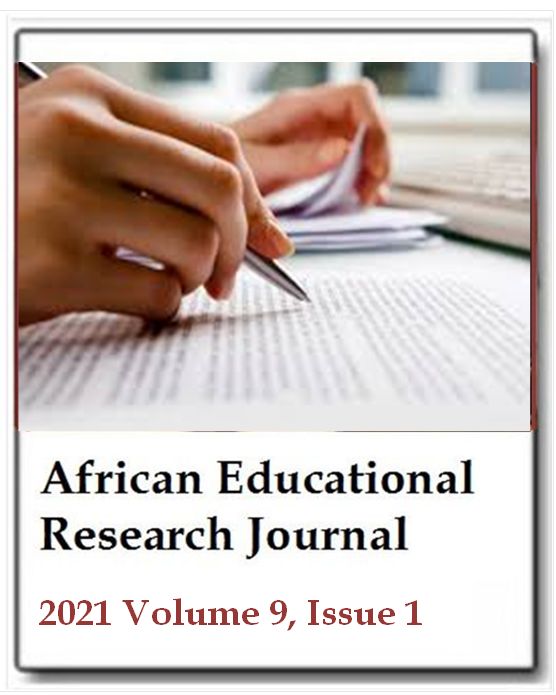Bridging education gap in higher institutions of learning using Bloom’s taxonomy of educational objectives
Irene Aheisibwe, Loyce Kobusigye and James TayebwaAfrican Educational Research Journal
Published: January 19 2021
Volume 9, Issue 1
Pages 69-74
DOI: https://doi.org/10.30918/AERJ.91.20.213
Abstract
In Uganda, there is a problem of graduate unemployment which has caused teachers, employers, policymakers, and the entire community to appreciate a critical role in bridging the existing gaps in education. This study examined how Bloom’s Taxonomy of Educational Objectives can be used in bridging the education gap in higher institutions of learning. A cross-sectional descriptive survey design, with 180 participants, purposively selected was involved. The study was conducted in two public universities and one private university in South Western Uganda. Data was mainly collected using interviews and focus group discussions. Ethically, permission was sought from relevant authorities, the purpose of the study was clearly explained, participation was purely voluntary and confidentiality was ensured. Respondents described the cognitive domain as activities of the mind, affective domain as the ways in which people deal with situations emotionally and the psychomotor domain as the skills attained. The study suggests using cognitive, affective and psychomotor methods of teaching. The study recommends need to directly teach higher order thinking skills, shift from pedagogy to andragogy, instructors of higher institutions of learning should wisely select sources of content, determine how to present that content effectively, and assess students’ progress in relation to that content and activities that promote psychomotor learning especially apprenticeship, internship and school practice should be encouraged.
Keywords: Education gap, higher institutions of learning, Bloom’s taxonomy.
Full Text PDFThis article is published under the terms of the Creative Commons Attribution License 4.0

